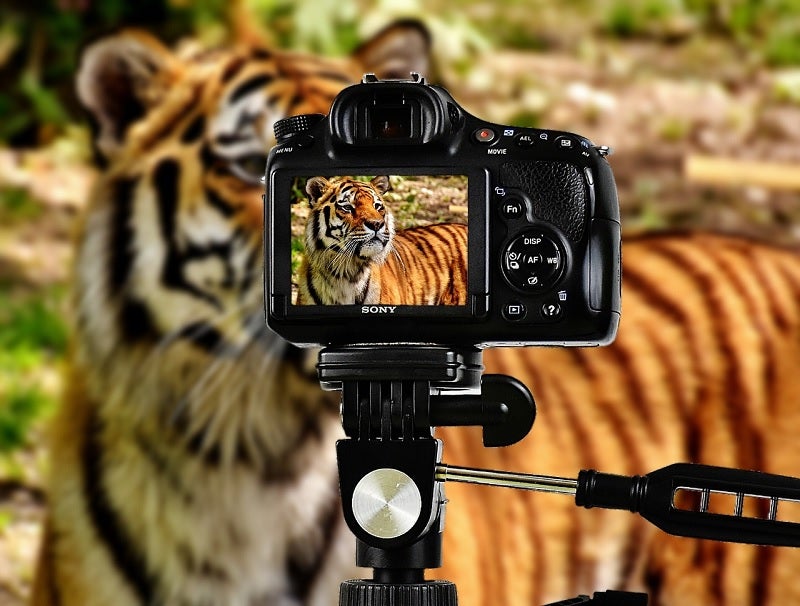
By enlisting the guidance of our Photography Editor Evangeline Summers, we weighed on each of them and rated them after a series of tests and research we conducted. To give you more information about it and the other 4 bridge cameras we reviewed, we highlighted their best strengths and weaknesses. It doesn’t have the intimidating 125X optical zoom of the Nikon P1000, but it boasts a 1” sensor that will work wonders once its lens starts working. Yet, the bridge cameras can be very handy if you want a quality camera you can rely on when traveling light. With this, your creativity can be restricted. But if you are planning to use it for professional projects which can be demanding in terms of lenses, keep in mind that they use fixed lenses. If you want to step up your game from owning a compact camera, the best bridge cameras are recommended. That being said, with the retractable lenses and advanced controls, bridge cameras can be considered as a hybrid of a point-and-shoot and professional camera. This lets you enjoy the same advanced features of a professional unit from shutter speed to ISO to aperture.

Even better, bridge cameras offer almost the same controls and functions as DSLRs. With all this, it’s as if having a compact unit that can turn into an instant professional camera with just a push of a button.

This includes the elusive animals in the wild that will certainly dash away once they have sensed you near. The unmatched zoom range allows bridge cameras not just to do portrait shots but so as to capture photographs of distant subjects.

While bridge cameras look like just any mirrorless and DSLR unit on the market, you would see their beauty once they have exposed their long lenses.


 0 kommentar(er)
0 kommentar(er)
